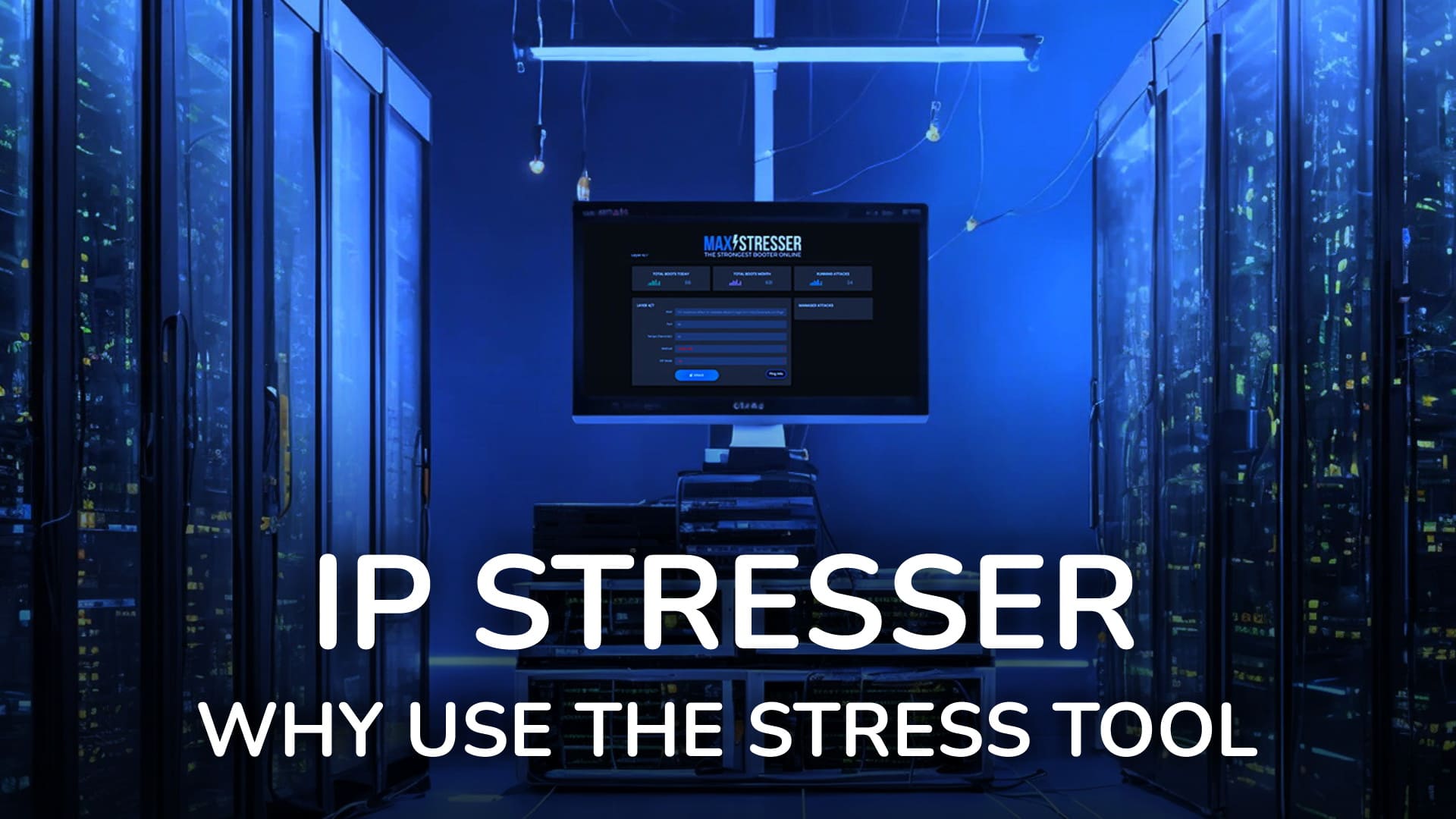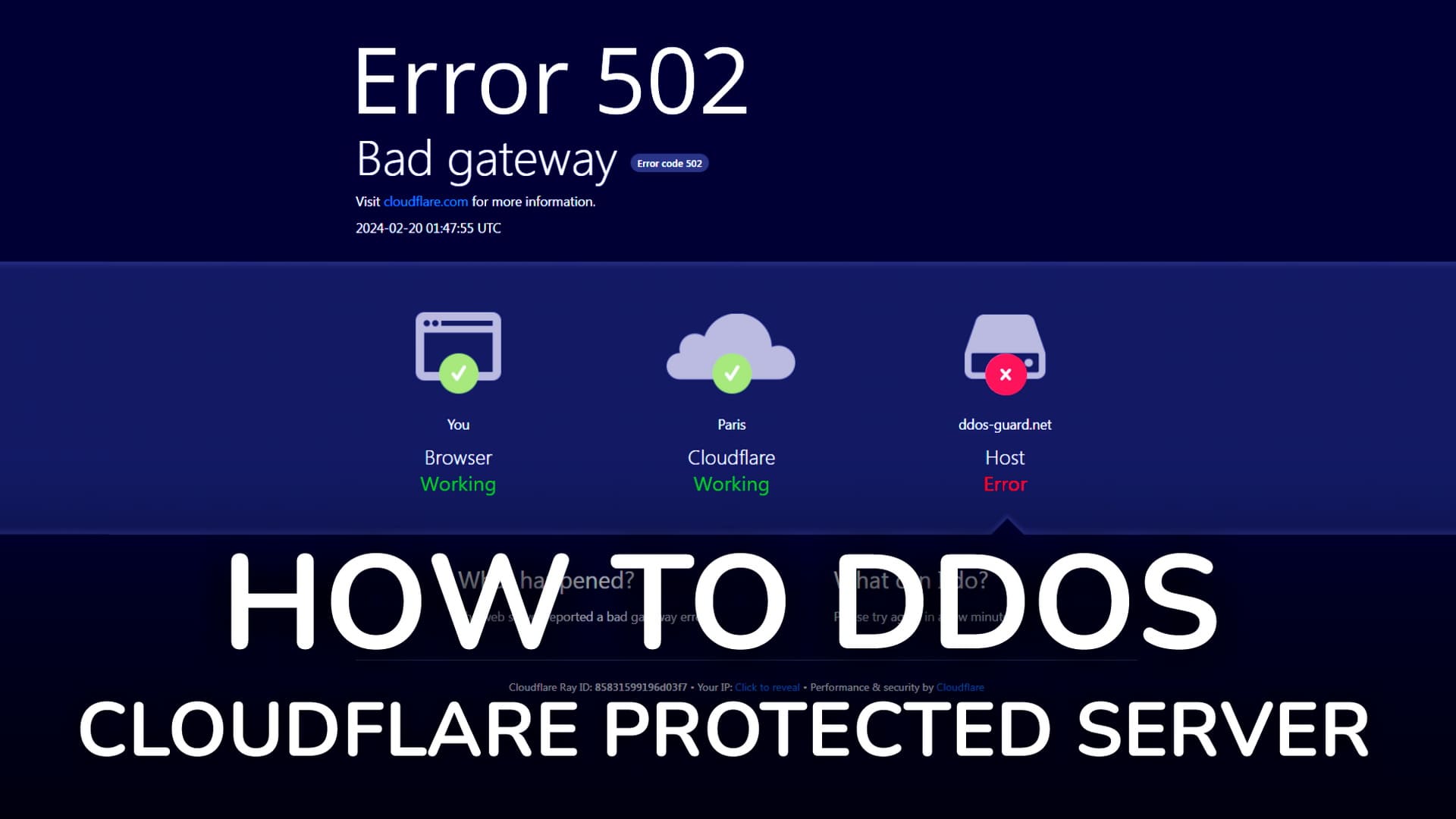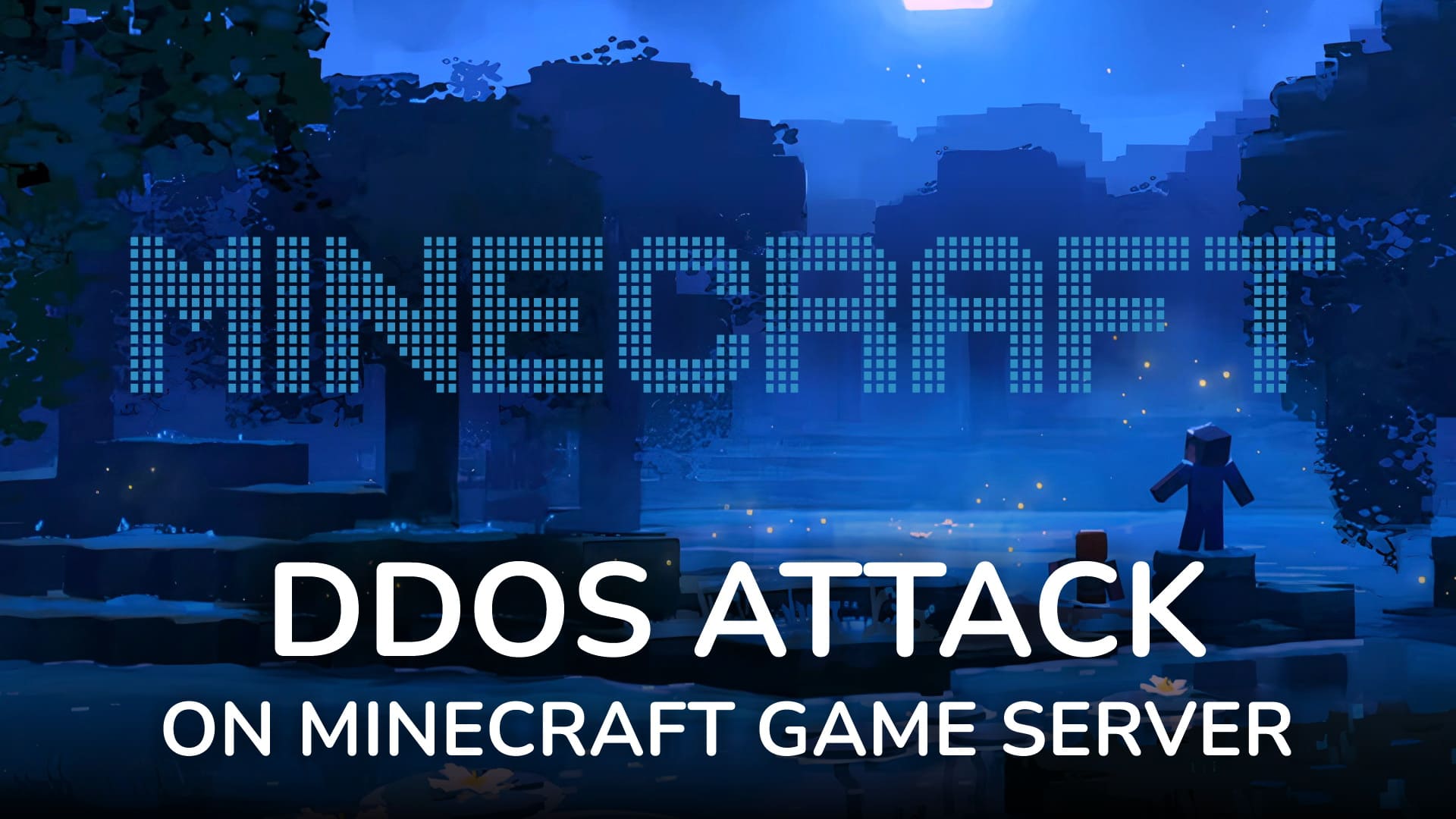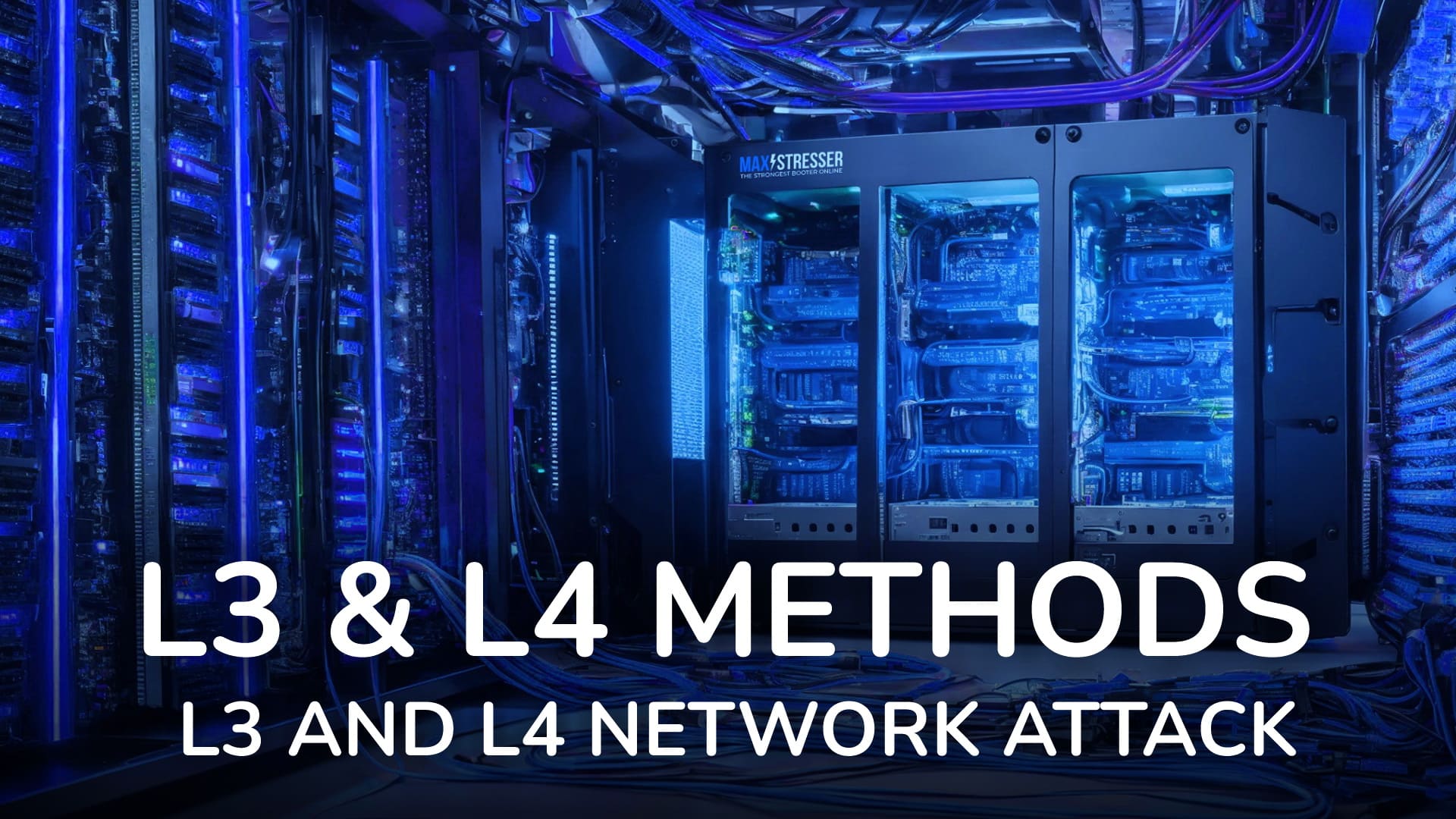What is a network attack?
A network attack is a serious threat to online resources, it causes errors, delays and failures, which ultimately destabilizes the server. A network attack leads to Denial of Service and the site cannot process incoming requests. Defense against such attacks requires robust cybersecurity measures to protect the integrity and stability of online platforms.
Network attacks cause bugs and lags, compromising user data security. Particularly, Distributed Denial of Service (DDoS) attacks target resources, leading to a denial of service situation where the site becomes incapable of handling data.

To protect against various types of network attacks, including volume, protocol, application layer and DDoS attacks, it is important to know their types. Learn about different types of network attacks, including volume-based, protocol-based, application-layer, and DDoS attacks, and discover effective strategies to defend against them.
Main types of network attacks
Network attacks that can be launched using our Free IP-Stresser can be divided into several types depending on their characteristics and methods:
- Volume-based attacks: Floods the target network or server with a high volume of traffic, overwhelming its bandwidth capacity. Examples include UDP floods and ICMP floods.
- Protocol-based attacks: Exploits vulnerabilities in network protocols to consume server resources or disrupt communication. Examples include SYN floods and Ping of Death attacks.
- Application layer attacks: Targets specific applications or services running on the server, exhausting their resources and causing service disruption. Examples include HTTP floods and Slowloris attacks.
- Distributed Denial of Service (DDoS) attacks: Utilizes multiple devices, forming a botnet, to launch coordinated attacks on the target, amplifying the impact of DoS attacks.
During a DDoS attack, game servers may experience outages, packet loss and slow response times. This can result in players being disconnected from the game or ruined gameplay or connection.
Network attack: basic methods
Using MAXSTRESSER web application, you can perform Layer 4 network attacks targeting game networks and servers. These can be AMP (Amplification) techniques for attacking XBOX Live, PSN and PS4 networks, UDP/TCP bypass for disrupting game networks, RakNet attack for Rust, Minecraft and RageMP game servers, FiveM bypass for GTA V, SAMP, SourceLite, Source and SourceOVH attack for Garry's Mod.
Layer 7 DDoS techniques are application layer attacks that exploit vulnerabilities in web application logic to overload web servers. These attacks aim to drain resources and send a large volume of requests. Modern Layer 7 techniques easily bypass the strongest defenses, including Captcha, Cloudflare, and speed limits. In doing so, IP-Booter exploit weaknesses in application logic, drain and overload web server resources, CPU, memory and bandwidth.
Each method has its own unique approach, but they all load the target network with data packets until it fails. Our web application runs 24/7, so you can use it whenever you want, and the infrastructure provides seamless server traversal using IP spoofing technology and superior performance. Stay ahead of the competition and prove your superiority with MAXSTRESSER. Sign up today to get free access to the stress testing tool!



